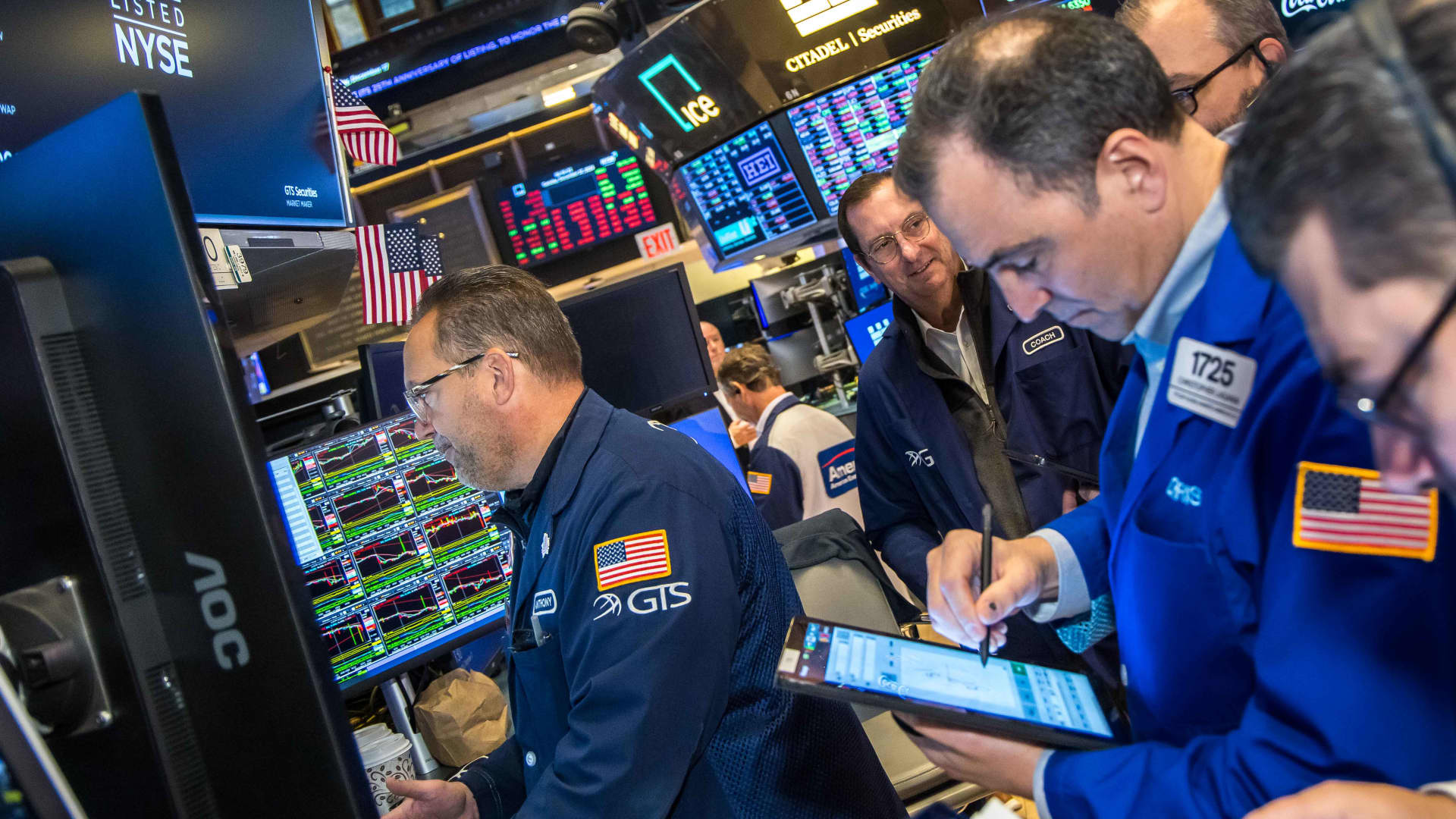Highlights:
– The quarterly rebalancing of S&P 500 and Nasdaq-100 indexes impacts trading significantly.
– Companies like Palantir Technologies seek inclusion in major indexes for market impact.
– MicroStrategy’s classification as a technology stock raises questions due to its significant Bitcoin holdings.
Understanding Index Rebalancing Significance
The periodic reshuffling of major indexes like the S&P 500 and Nasdaq-100 may seem like routine housekeeping, but in today’s market landscape, it carries substantial weight. What was once a benign event has transformed into a pivotal moment for investors, with billions of dollars now tied to these indexes through exchange-traded funds (ETFs) and index mutual funds. The presence or absence of specific stocks in these indexes can sway market sentiments and influence trading patterns, making the rebalancing process a critical juncture in the financial world.
As exemplified by Palantir Technologies’ strategic move to switch its listing to the Nasdaq Stock Market in pursuit of Nasdaq-100 inclusion, companies now recognize the immense value in being part of these prestigious indexes. The potential exposure, investor attention, and market credibility that come with index inclusion can significantly impact a company’s stock performance and overall standing in the market. The recent additions and exclusions in both the S&P 500 and Nasdaq-100 illustrate the careful considerations made by index committees to ensure the continued relevance and accuracy of these benchmark indices.
Exploring Classification Challenges
While companies strive for a spot in major indexes, the classification of certain stocks raises intriguing questions. MicroStrategy, known primarily as a technology company, faces scrutiny due to its substantial investment in Bitcoin. With Bitcoin forming a significant portion of its market value, should MicroStrategy be categorized as a financial stock rather than a technology one? This classification dilemma sheds light on the complexity of determining a company’s sector, especially when unconventional business strategies like MicroStrategy’s “bitcoin bank” model come into play.
Chairman Michael Saylor’s ambitious vision for MicroStrategy further blurs the lines between technology and finance, challenging traditional industry classifications. As the company’s classification status remains in flux, governed by industry criteria like the Industry Classification Benchmark (ICB), investors are left to ponder the implications of reclassifying MicroStrategy and the potential impact on its standing within the tech sector. The inclusion of such companies in prominent indices like the Nasdaq-100 reflects the evolving landscape of modern markets, where traditional sector definitions face disruption.
Reflecting on Future Market Dynamics
As Palantir gears up to join the Nasdaq-100 and MicroStrategy grapples with its sector classification, the implications of these decisions on market dynamics are poised to unfold. The interplay between innovative business models, volatile stock movements, and index inclusion criteria highlights the evolving nature of market benchmarks and sector classification frameworks. How will the market respond to the inclusion of companies like Palantir and MicroStrategy in major indexes, considering their unique business strategies and market dynamics?
Moreover, as investors navigate the ever-changing landscape of index rebalancing and sector classifications, what considerations should guide their investment decisions? Will the future see more unconventional companies challenging traditional industry norms and reshaping sector boundaries in major indexes? As the financial landscape continues to evolve, these questions provoke critical thinking about the intersection of innovation, market dynamics, and traditional investment frameworks in shaping the future of the financial industry.
The content is provided by Blake Sterling, Financial Pulse Now


























